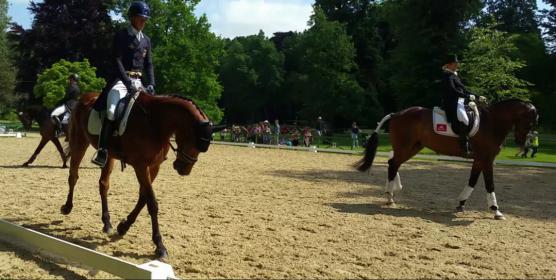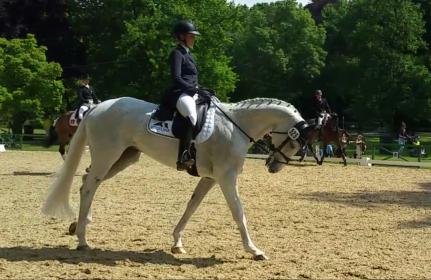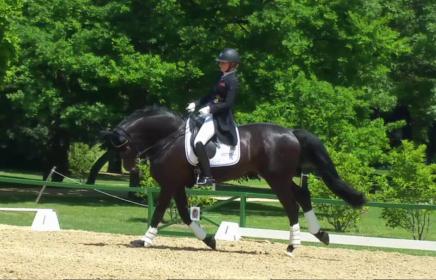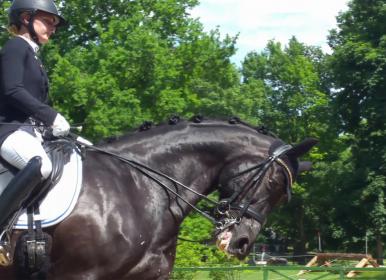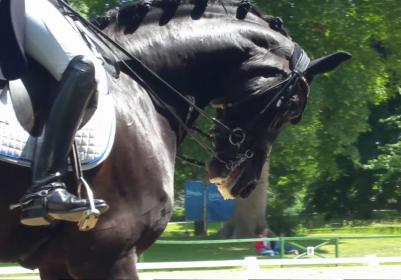I will make few bets:
-
Western horses (especially in warm-up rings and while being schooled, similar to what you see in the Werth video) have been asked to go around in that posture for more than 25 years.
-
They, too, are ridden with pats and breaks and-- certainly-- with some loose reins.
-
If this ride were being given by a guy in Western tack in American schooling ring-- 25 years ago or today-- you dressagists would come down hard on the rider.
I disagree that no one knew 25 years ago that this was hard on horses.
Also, FWIW, Bill Woods’ commentary about the horse being ok in his work-- getting pats and breaks “not being against” Werth caused me a tad of alarm. A very good Western show horse is similarly tolerant and workmanlike in just continuing to show up and show up and show up throughout the ride.
IMO, those horses have been bred for their kind, cooperative nature. I think WB’s have, too. Also I think it’s fair to say that the WB of today, on average, has been bred with more TB and lightness and spark in him; the docility thing might not be so easy and he’ll be more expressive. Werth’s horse looks like a campaigner who has a very good work ethic. AQHA show horses have the same.
But! Having watched that kind, trying nature of the AQHA be used against him as he’s ridden this way, I guess I’m primed to see similarities to the Werth video and to be critical.

